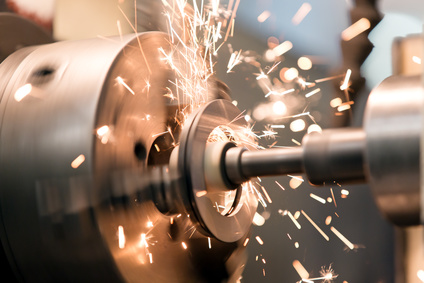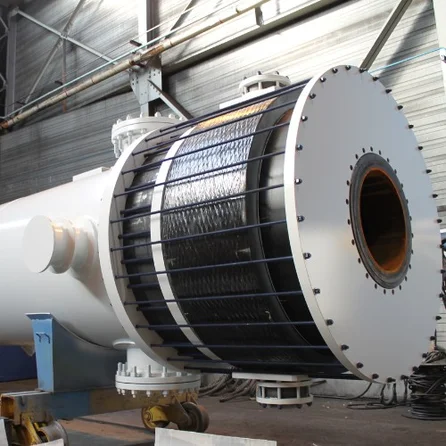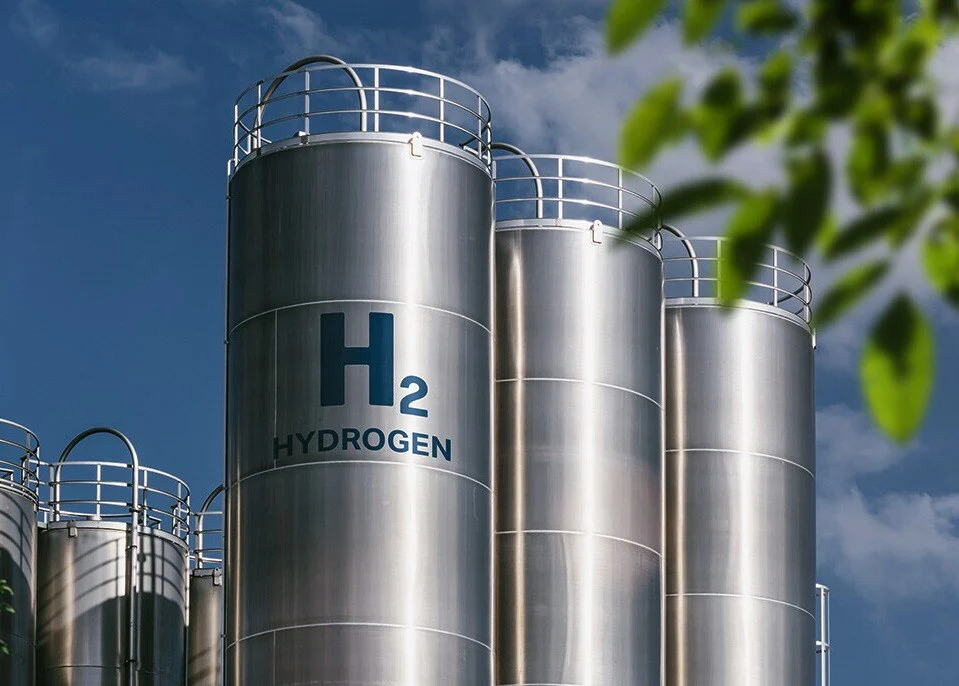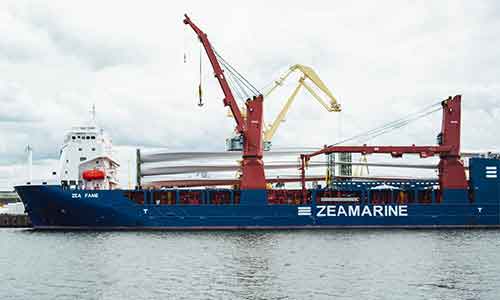Introduction to Energy-Efficient Heat Exchangers
In an era where both operational efficiency and environmental sustainability are paramount, the energy-efficient heat exchanger is transforming industrial practices. These innovative systems are not only designed to maximize performance but also to drastically reduce energy consumption. Thanks to advances in technology, high-efficiency heat exchangers are becoming an indispensable tool for sectors such as manufacturing, HVAC, and renewable energy. By utilizing an energy-efficient heat exchanger, companies can both optimize processes and reduce costs, making it a win-win for business and planet alike.
Unparalleled Efficiency for Maximum Energy Savings
The hallmark of any heat exchanger lies in its efficiency, and the modern ones don’t disappoint. By achieving up to 95% heat transfer efficiency, these systems ensure minimal energy wastage. This is a crucial feature, especially in applications requiring industrial energy-efficient heat exchangers, where even small inefficiencies can lead to escalated operational costs over time. For instance, heat exchanger performance optimization can further improve their effectiveness, reducing energy usage by 20-30% over traditional systems. The result is not only substantial cost savings but also a significant reduction in carbon emissions—a perfect alignment with corporate sustainability goals.
Versatility Across Various Industries
Whether you are operating in HVAC, food processing, or renewable energy, heat exchangers are an integral component for ensuring temperature control and energy recovery. Different heat exchanger types and efficiencies are available to suit diverse industry needs, from plate heat exchanger efficiency designed for compact systems to tube heat exchanger energy savings optimized for larger-scale operations. For companies working in geothermal or solar thermal energy, the ability of these heat exchangers to capture and utilize energy effectively can drastically enhance their overall system performance while minimizing environmental impact.
Compact Solutions for Space-Conscious Applications
One of the standout features of these modern systems is their compact size. Compact heat exchanger solutions make it easy to incorporate these units into existing setups without requiring excessive retrofitting. This not only saves valuable space but also simplifies installation and reduces downtime. With operating temperature ranges from -50°C to 300°C and pressure ratings up to 30 bar, these heat exchangers are built to handle tough environments while maintaining high performance.
Durability and Long-term Performance
Constructed with top-tier materials like stainless steel, titanium, and corrosion-resistant alloys, these heat exchangers are designed for a lifespan exceeding a decade. Revolutionary anti-fouling technology further enhances their durability, reducing fouling build-up and necessitating less maintenance. This ensures consistent efficiency over time and significantly lowers maintenance costs, making them a reliable and cost-effective solution for businesses.
A Step Towards Sustainability
Eco-friendly heat exchangers are not just about reducing costs—they are about creating a more sustainable industrial landscape. By optimizing heat exchanger energy consumption, companies are able to reduce their environmental footprint and contribute to global sustainability efforts. For industries that prioritize ESG (Environmental, Social, and Governance) compliance, incorporating an energy-efficient heat exchanger is an essential step toward meeting these targets.
Conclusion
The energy-efficient heat exchanger represents a pioneering innovation in thermal management. Combining cutting-edge technology with eco-conscious design, these systems are ideal for industries looking to lower costs, enhance performance, and champion sustainability. Whether it's plate heat exchanger efficiency, tube heat exchanger energy savings, or compact solutions tailored to your specific needs, there is a suitable option for everyone. With outstanding durability, remarkable efficiency, and compatibility across various sectors, now is the time to embrace this revolutionary technology and step into a more sustainable future.






